A AGM Global Vision Asp-Micro TM160 been fascinated by technology that gives me an edge in the field. When the sun goes down or the fog rolls in, traditional optics become useless, leaving a huge gap in my ability to track and locate game.
I’ve been researching thermal imaging monoculars for a while, and the AGM Global Vision Asp-Micro TM160 has caught my attention. I’m looking for a tool that is not only effective but also reliable and easy to use. I need a device that can help me spot game at close range, track wounded animals, and navigate in total darkness.
The TM160’s features, such as its high-sensitivity infrared sensor and Wi-Fi hotspot for real-time video sharing, seem to fit my needs perfectly. I’m particularly interested in its compact size and rugged design, which are essential for the demanding conditions of hunting.
The distance measurement and multiple color palettes are also features that could be incredibly useful. I’m eager to learn more about how this monocular performs in real-world scenarios and if it truly lives up to its promise as a valuable piece of hunting gear.

| Feature / Spec | AGM Asp-Micro TM160 | Bering Optics Hogster Stimulus VR (2.3-4.6×19) | Pulsar Axion Key XM30 |
|---|---|---|---|
| Sensor / Resolution | 160 × 120 VOx uncooled detector | 256 × 192 VOx (12 µm) | 320 × 240 @ 12 µm |
| Lens / Magnification / FOV | 6.2 mm, f/1.1 lens; optical ~1×; digital zoom 1× / 2× / 4×; FOV ~ 24.7° × 18.7° | 19 mm objective; optical magnification 2.3-4.6×; digital multiplier ×2 in some description | Objective lens F30/1.2; magnification range 2.5-10× (with digital zoom) |
| Display / Refresh Rate | Display: 720 × 540 LCOS; refresh rate ~25 Hz (or 50 Hz display refresh where noted) | 30 Hz refresh rate; display type high-res LCOS; onboard recording & video; 16 GB memory in some SKUs | 50 Hz refresh; display: 960 × 720 LCOS; multiple palettes; rugged housing |
| Video / Recording / Connectivity | On-board video recording & snapshot; Wi-Fi hotspot; built-in memory (~8 GB); USB-C interface | On-board photo & video recording; Wi-Fi streaming; external power (USB-C), reticle options; zeroing memory; type-C interface; media memory capacity in some units (16 GB) | No built-in video recording reported for Axion Key (older Key model) — though the newer XM30F adds photo/video/streaming in some variants; external battery; USB connectivity for power etc. |
| Battery / Runtime | Internal rechargeable Li-ion; approx. 10 hours continuous (Wi-Fi off) | Up to ~8 hrs depending on power source; can use external power bank; unit uses internal/external sources; battery packs like CR123 or rechargeable ones | Battery pack type APS3; operating time ~4 hours with standard battery; external power option; magnesium housing etc. |
| Environmental / Build | IP67 rated; rugged; weight ~270 g; dimensions ~16.3 × 6.1 × 5.6 cm | IP66 (water & dust); shock-proof for ~.308 ; external power and rugged body; quick-release mount; front lens cap etc. | IPX7 waterproof; magnesium alloy housing; weight ~250 g; compact dimensions ~143 × 41 × 69 mm |
| Detection / Useful Range | Detection range for a ~6 ft (~1.8 m) target ~250 m (≈ 270-300 yards depending sources) | Detection estimates: medium range; advertised up to ~200 yards for hogs, etc; recognition shorter; exact detection/recognition varies with conditions | Detection for 1.8 m object up to ~1,300 m under ideal conditions; good for longer-range spotting; high magnification helps identify distant, small targets |
| Price / Warranty / Extras | Entry / mid-budget; warranty ~ | Entry / mid-budget; warranty ~ | Entry / mid-budget; warranty ~ |
The AGM Global Vision Asp-Micro TM160 is a thermal imaging monocular designed for short to mid-range observation. Positioned as an entry-level device, it provides an accessible entry point into the world of thermal optics without compromising on the essential features required for effective field use. This review will delve into its technical specifications, evaluate its performance, and assess its suitability for various use cases.

Imaging and Core Performance
Detector: The TM160 utilizes a Vanadium Oxide Uncooled Focal Plane Array with a resolution of 160×120 pixels. This is the core component responsible for detecting infrared radiation (heat signatures). While this resolution is lower than professional-grade units (which often feature 384×288 or 640×512 detectors), it is more than adequate for its intended purpose: detection, not identification. It allows the user to easily spot heat sources such as animals against a cold background, but it may not provide the detail needed to identify specific features like antlers at long distances.
Refresh Rate: The device operates at a 50 Hz refresh rate. This is a crucial specification often overlooked by first-time buyers. A 50 Hz rate means the image is updated 50 times per second, resulting in a smooth, fluid video feed. This is especially important for tracking moving targets, as it eliminates the jerky, stuttering motion seen in lower refresh rate devices, which can cause motion sickness and make tracking difficult.
Display: The monocular is equipped with a 720×540 LCOS (Liquid Crystal on Silicon) display. This is a compact, high-resolution micro-display that provides a sharp and clear image to the user’s eye. The resolution of the display is significantly higher than the thermal sensor’s resolution, which helps in rendering a crisp and detailed view of the 160×120 pixel information.
Digital Zoom: The TM160 features 1x, 2x, and 4x digital zoom. It is important to note that digital zoom magnifies the existing pixels, which can lead to a blocky or “pixelated” image at higher zoom levels. While it’s a useful feature for getting a closer look, the best image quality is achieved at the base 1x magnification.
Lens: The device features a 6.2 mm lens with an F1.1 aperture. This is a wide-angle lens designed for short-range observation and scanning. The wide field of view (15.61° x 11.74°) is excellent for quickly sweeping an area to locate a heat source. For example, it allows a hunter to scan a treeline or a small clearing efficiently without having to move the monocular constantly.
User Experience and Features

Durability and Ergonomics
Construction: The TM160 is built with a rugged, durable polymer body. Its IP67 waterproof rating means it is fully protected from dust ingress and can be submerged in up to 1 meter of water for 30 minutes, making it highly reliable in harsh weather conditions like heavy rain or snow. Furthermore, it is drop-tested to 1.5 meters, ensuring it can withstand the bumps and drops of regular field use.
Portability: Weighing in at just 270 g (0.6 lb) and with compact dimensions (161 x 61 x 57 mm), the TM160 is extremely lightweight and portable. It fits comfortably in one hand and can easily be stowed in a jacket pocket or hung around the neck, adding minimal burden to a hunter’s gear.
Power and Connectivity
Battery: The monocular is powered by a built-in rechargeable Lithium battery. This simplifies use as there’s no need to carry spare batteries. With the Wi-Fi hotspot turned off, the battery provides a generous up to 10 hours of continuous operation, which is sufficient for an entire night of hunting or a multi-day scouting trip.
Charging and Data: Charging is handled via a modern USB Type-C port. This is a convenient feature as it allows for charging from a variety of sources, including power banks, car chargers, and laptops. The same port is used for data transfer to a computer.
Wi-Fi Hotspot: This feature allows the monocular to connect to a smartphone via the AGM Connect app. This is a significant advantage, as it enables real-time video streaming, remote control of settings, and photo/video capture directly to your phone. It’s particularly useful for group activities or for discreetly observing a scene from a covered position.
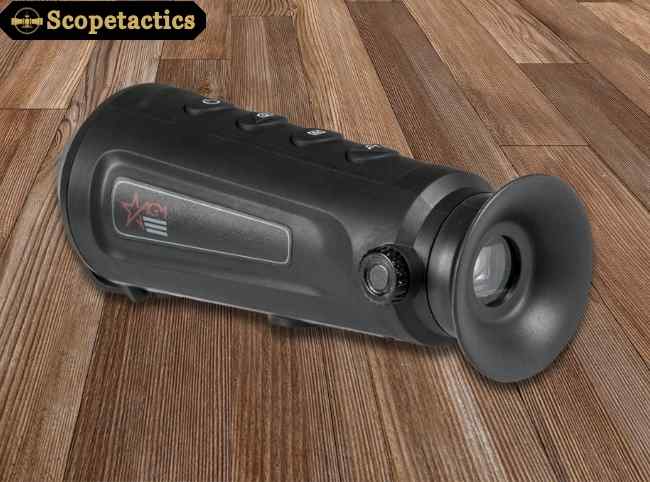
Software Features and Palettes
Color Palettes: The TM160 offers four color palettes: White Hot, Black Hot, Red Hot, and Fusion. Each palette serves a different purpose. White Hot is a common choice, showing warmer objects as brighter. Black Hot provides a high-contrast view, while Red Hot highlights the hottest point in the frame, which is useful for quickly spotting a target. Fusion uses a blend of colors to represent different temperatures, adding another layer of detail.
Highest Temperature Spot Tracking: This feature automatically identifies and marks the hottest point in the field of view with a crosshair. This is an incredibly useful tool for quickly locating a target, as it eliminates the need to manually search the entire frame.
Distance Measurement: The TM160 incorporates a stadiametric rangefinder. This feature requires the user to know the approximate height of the target. By marking the top and bottom of the object on the display, the monocular provides an estimated distance. While not as precise as a laser rangefinder, it’s a valuable tool for quick range estimation.
Internal Storage: With 8 GB of built-in storage, the device can save a large number of photos and videos. This is a convenient feature for hunters who want to review footage of their hunt or share their experiences with others.

Strengths:
- Affordability
- Portability
- Durability
- User-Friendly
- Wi-Fi Connectivity
Weaknesses:
- Low Resolution
- Digital Zoom
- Stadiametric Rangefinder
Why should choose AGM Global Vision Asp-Micro TM160
In summary, the AGM Global Vision Asp-Micro TM160 is an excellent choice for hunters, hikers, and outdoor enthusiasts who need a reliable, short-range thermal imager.
It’s the perfect device for scouting in dark or low-visibility conditions and for tracking game in wooded areas. For a user who prioritizes detection, durability, and a feature-rich experience at an accessible price, the TM160 is an outstanding piece of gear.

Choose the AGM Global Vision Asp-Micro TM160 because it delivers a perfect balance of essential thermal capabilities and a user-friendly design, all at an accessible price. This monocular isn’t about expensive, long-range identification; it’s about providing the core thermal advantage for real-world hunting scenarios.
Its high-sensitivity sensor, smooth 50 Hz refresh rate, and multiple color palettes give you a clear, fluid view in total darkness or fog, while its IP67 waterproof and shock-proof construction ensures it can handle any weather or terrain you encounter.
With convenient features like a Wi-Fi hotspot for live sharing and a compact, lightweight body, the TM160 is the smart, durable, and affordable choice for any hunter or outdoor enthusiast who wants to gain a critical edge in the field.
FAQs
What is the difference between thermal resolution and display resolution on the TM160?
The thermal resolution (160×120 pixels) refers to the number of individual heat-sensing points on the device’s sensor. This is the raw data used to create the image. The display resolution (720×540) is the resolution of the screen you look at through the eyepiece.
The higher display resolution ensures that the thermal image, even though it’s 160×120, appears clear and sharp to your eye, without noticeable pixelation. In short, the thermal resolution dictates the detail of the heat signature, while the display resolution dictates the clarity of the viewing experience.
Can the TM160 see through walls or glass?
No, the AGM Global Vision Asp-Micro TM160 cannot see through walls, glass, or other solid objects. Thermal imagers work by detecting the infrared energy (heat) radiating from an object’s surface.
Walls and glass block this radiation, preventing the heat source from being detected. While the device can see through light fog, smoke, or light brush better than the human eye, it does not have “X-ray vision.”
How far away can the TM160 detect a deer?
The detection range of the TM160 for a deer-sized object is typically up to 450 meters (1,476 feet). However, it’s important to understand the difference between detection, recognition, and identification.
At 450 meters, you can detect the heat signature and know that a warm body is present. The recognition range, where you can tell it’s an animal, is about 110 meters (360 feet). The identification range, where you can confirm it is a deer and not a coyote, is around 55 meters (180 feet). This monocular is best suited for short-range detection.
How does the distance measurement feature work if it’s not a laser?
The TM160 uses a stadiametric rangefinder, which is a type of distance estimation tool. You must know the approximate height of your target (e.g., the average height of a deer). Using the monocular’s on-screen interface, you mark the top and bottom of the animal.
The device’s internal software then uses that information to calculate an estimated distance to the target. It’s a useful tool for a quick approximation but is not as precise as a laser rangefinder.

Final thought
The AGM Global Vision Asp-Micro TM160 stands out as a highly effective and accessible thermal imaging monocular. It successfully bridges the gap between basic visual optics and high-end thermal devices, offering essential performance without the prohibitive cost.
For the hunter or outdoor enthusiast who needs to detect heat signatures in close-range scenarios, track game in dense cover, or navigate in complete darkness, this monocular is an outstanding choice.
Its durable, compact design, along with smart features like Wi-Fi connectivity and a long-lasting battery, make it a reliable and practical tool for any field kit. Ultimately, the TM160 proves that you don’t need to break the bank to gain a significant thermal advantage in your outdoor pursuits.
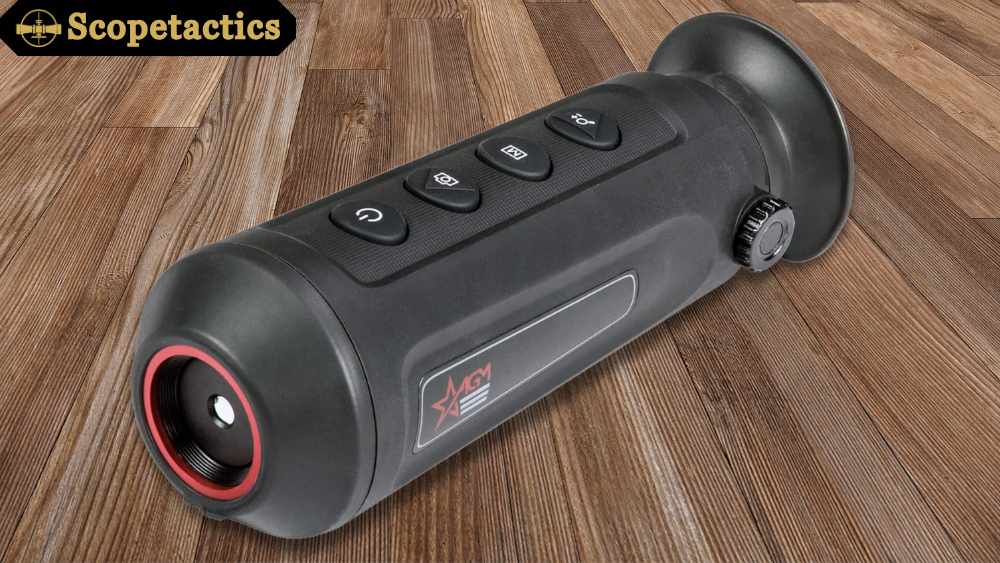






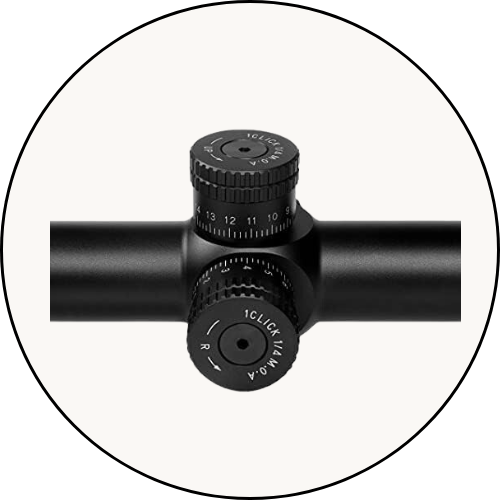
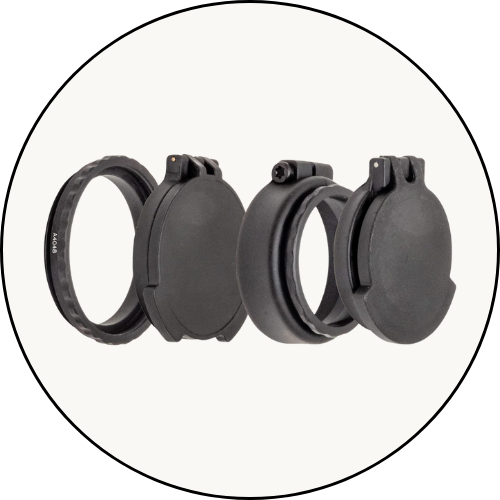
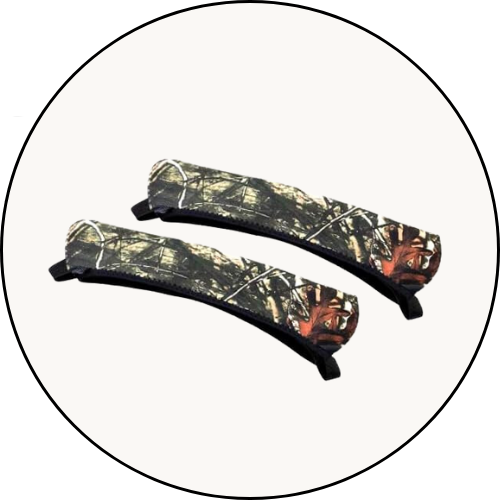
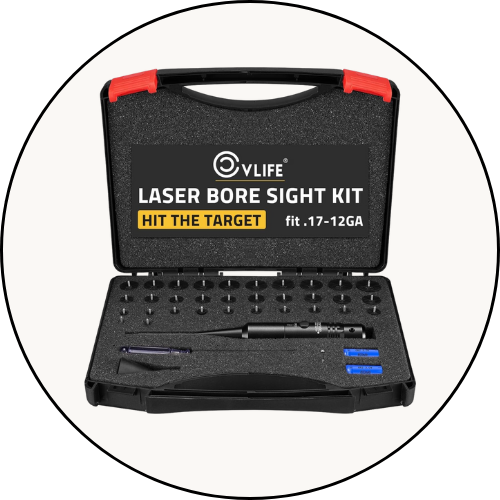
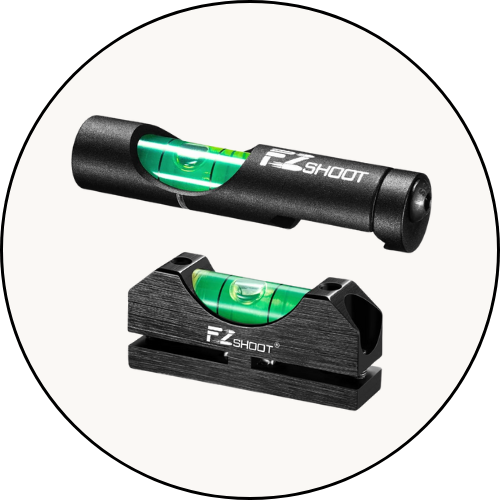
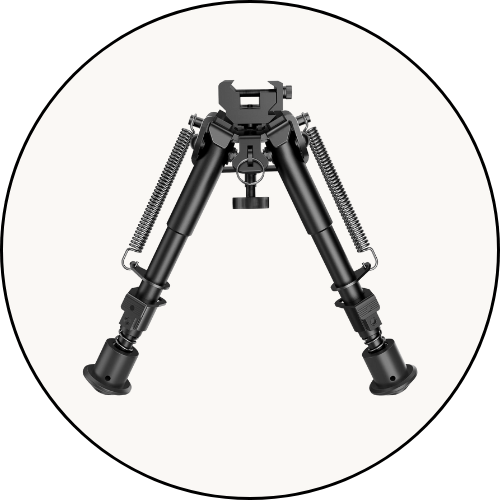

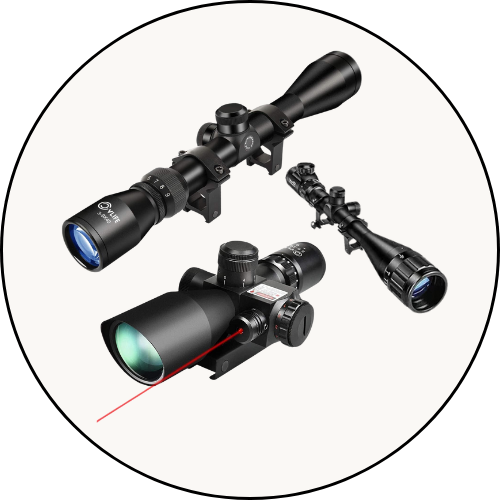
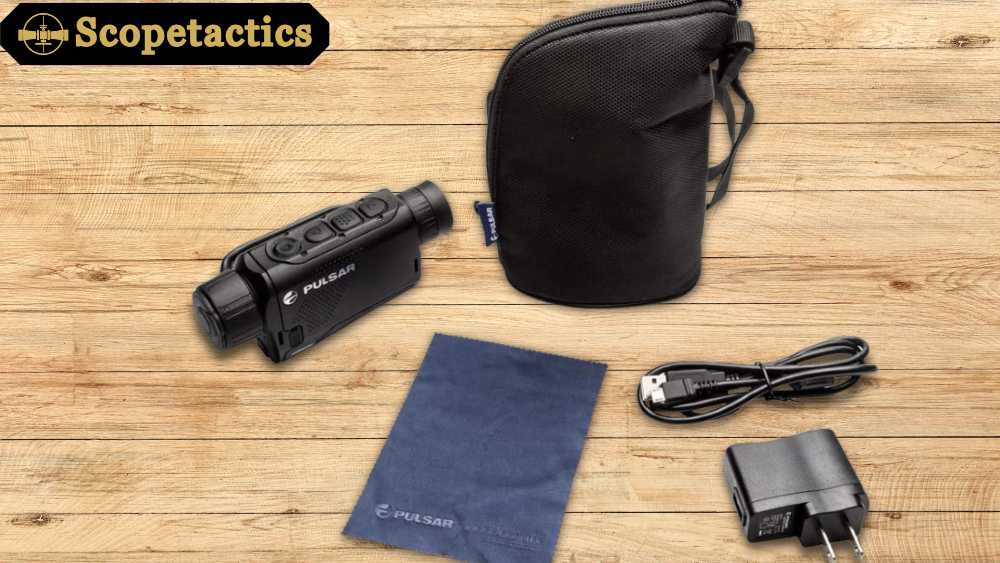
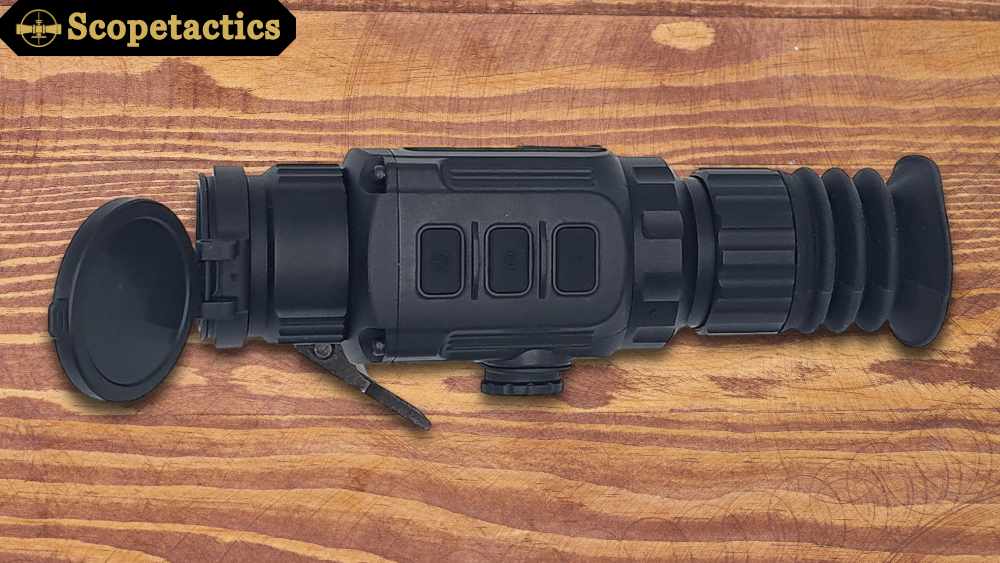
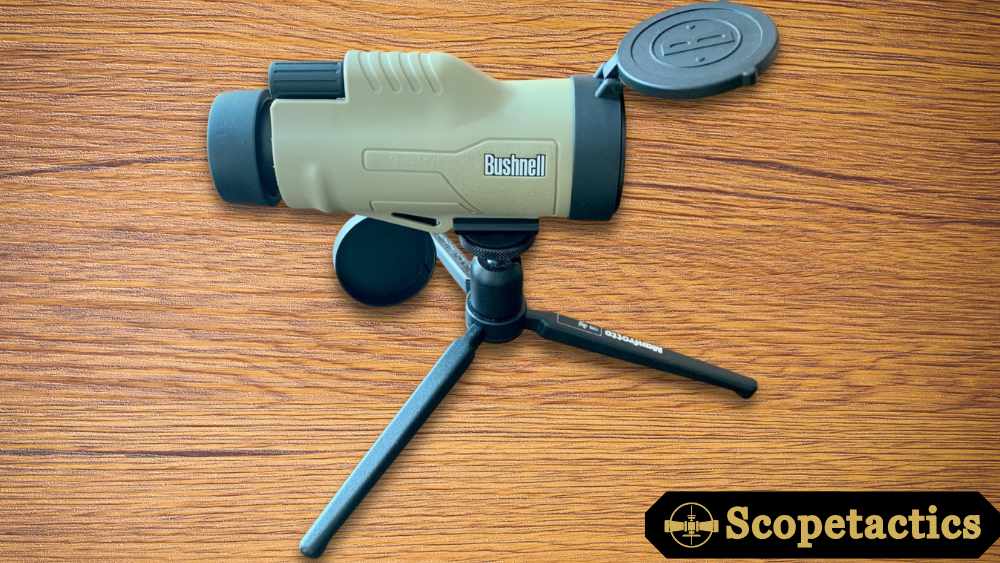
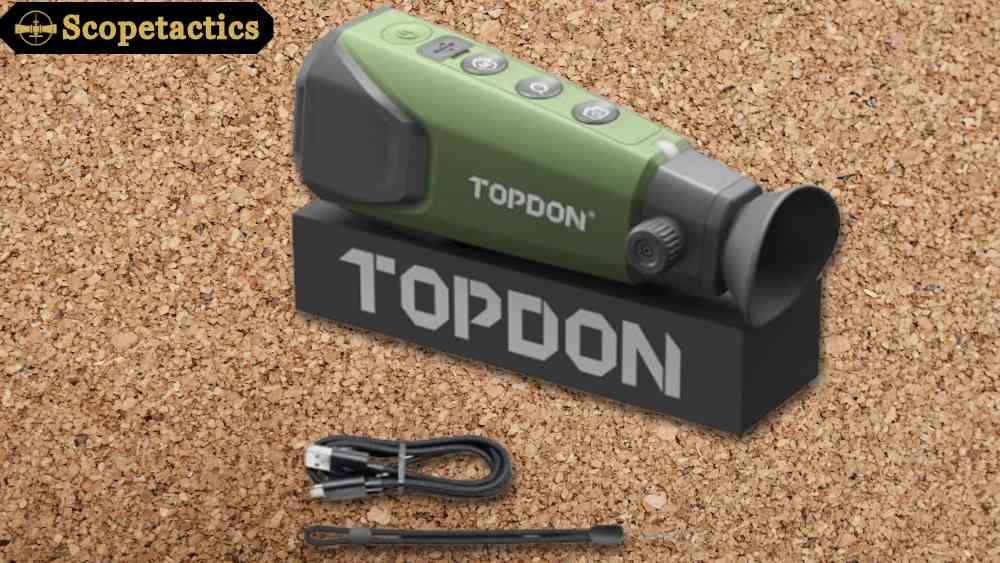
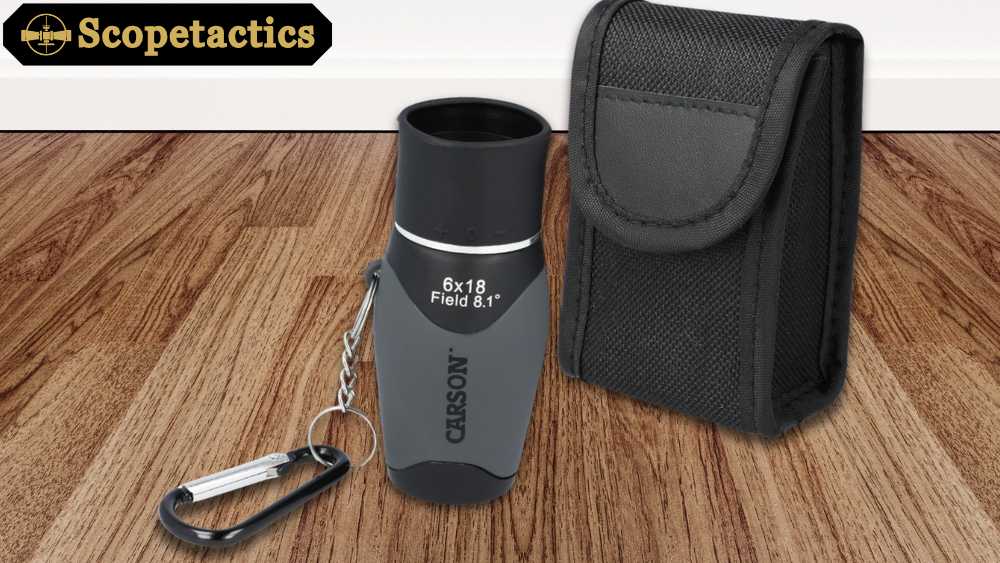
Leave a Reply